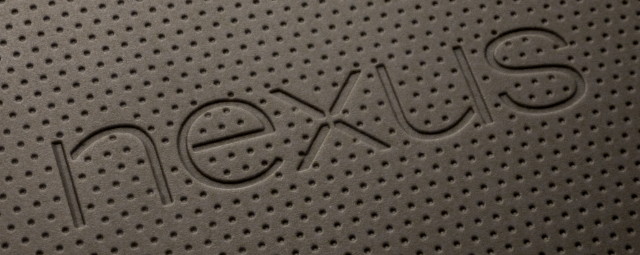This post I rescued from my Google+ archive in August 2011 really speaks to how quickly expectations for mobile computing were derailed by the social media feedback loop.
Years ago, I wanted a smartphone so I could write down all the blog posts I compose in my head when I’m away from a computer. Now that I have one, I end up reading Facebook, Twitter, or Google Plus instead, and I compose blog posts in my head when I’m away from both my computer AND my phone. Maybe I just need a pencil and notepad.
That’s just me, and just one niche that I wanted to fill with a mobile computer. I also wanted SSH access, control panels, the ability to look up information easily, and photo uploads. But those things weren’t pushed out of the way like actual creative output was when I installed a bunch of dopamine generators on the device.
OK, blogging was fading anyway, and typing on a phone was tiresome. But neither of those made as much of a difference as the fact that it’s so, so easy to check Twitter for “just a minute” and find yourself still scrolling twenty minutes later.
It didn’t slow down photography. That was something that the social media cycle could latch onto. (Follow me on Flickr, Instagram, Photog.Social and Pixelfed!) And when I used a better camera, well, most cameras don’t have Facebook on them.
I think my use of social media is healthier now than it used to be. I still find myself staring at the train wreck of Twitter longer than intended, but I confine most of my activity to one session a day (or less) except for Mastodon, and that’s just different enough that it’s less likely to trigger a vortex to begin with. I do miss out on a lot with friends and family on Facebook by only checking once every couple of weeks, but I’m also happier the less time I spend there.
Still, I haven’t returned to the volume of long-form writing I used to do. And I know there’s so much more I could be doing with an always-connected computer in my pocket.


